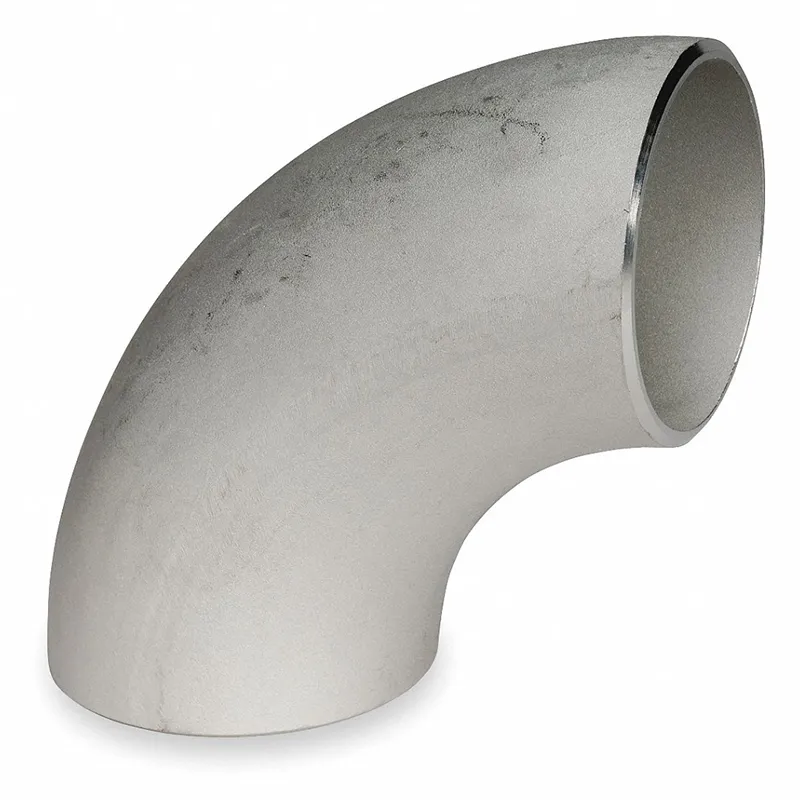-
Cangzhou Yulong Steel Co., Ltd.
-
Phone:
+86 13303177267 -
Email:
admin@ylsteelfittings.com
- English
- Arabic
- Italian
- Spanish
- Portuguese
- German
- kazakh
- Persian
- Greek
- French
- Russian
- Polish
- Thai
- Indonesian
- Vietnamese
- Zulu
- Korean
- Uzbek
- Hindi
- Serbian
- Malay
- Ukrainian
- Gujarati
- Haitian Creole
- hausa
- hawaiian
- Hebrew
- Miao
- Hungarian
- Icelandic
- igbo
- irish
- Japanese
- Javanese
- Kannada
- Khmer
- Rwandese
- Afrikaans
- Albanian
- Amharic
- Armenian
- Azerbaijani
- Basque
- Belarusian
- Bengali
- Bosnian
- Bulgarian
- Catalan
- Cebuano
- China
- China (Taiwan)
- Corsican
- Croatian
- Czech
- Danish
- Esperanto
- Estonian
- Finnish
- Frisian
- Galician
- Georgian
- Kurdish
- Kyrgyz
- Lao
- Latin
- Latvian
- Lithuanian
- Luxembourgish
- Macedonian
- Malgashi
- Malayalam
- Maltese
- Maori
- Marathi
- Mongolian
- Myanmar
- Nepali
- Norwegian
- Norwegian
- Occitan
- Pashto
- Dutch
- Punjabi
- Romanian
- Samoan
- Scottish Gaelic
- Sesotho
- Shona
- Sindhi
- Sinhala
- Slovak
- Slovenian
- Somali
- Sundanese
- Swahili
- Swedish
- Tagalog
- Tajik
- Tamil
- Tatar
- Telugu
- Turkish
- Turkmen
- Urdu
- Uighur
- Welsh
- Bantu
- Yiddish
- Yoruba

Dec . 13, 2024 12:49 Back to list
Guide to Choosing Threaded Irrigation Fittings for Efficient Water Management
Understanding Threaded Irrigation Fittings A Comprehensive Guide
Irrigation plays a crucial role in modern agriculture, ensuring that crops receive adequate water throughout their growth cycles. Among the various components that come into play in an irrigation system, threaded irrigation fittings stand out as essential elements that enhance the efficiency and reliability of water delivery. This article will explore the significance of threaded irrigation fittings, their types, installation processes, and some best practices to maximize their effectiveness.
What are Threaded Irrigation Fittings?
Threaded irrigation fittings are specialized connectors used to join various sections of piping or tubing within an irrigation system. These fittings feature threads that allow them to be screwed onto compatible pipes, creating a secure and watertight seal. The ability to easily connect and disconnect piping makes these fittings a popular choice among landscapers, farmers, and gardeners alike.
Types of Threaded Irrigation Fittings
There are several types of threaded irrigation fittings, each designed for specific applications
1. Elbow Fittings These fittings allow for directional changes in the irrigation pipe layout. Available in 90-degree or 45-degree angles, elbow fittings help navigate around obstacles and shape the irrigation system to fit the landscape.
2. Tees Tee fittings are used to create a branched connection in the irrigation line. They enable the efficient distribution of water to multiple zones, optimizing the irrigation coverage.
3. Adapters These fittings are used to connect pipes of different diameters or materials. For example, an adapter can connect a PVC pipe to a metal fitting, ensuring that the irrigation system is versatile and adaptable to various components.
4. Caps and Plugs These fittings are used to close the ends of pipes or tubing. Caps and plugs are essential for maintaining pressure within the irrigation system and preventing leaks.
5. Unions Unions provide a method for connecting and disconnecting sections of pipe without needing to unscrew the entire fitting. This feature is particularly useful for maintenance and repairs.
Installation Process
Installing threaded irrigation fittings requires attention to detail to ensure a proper seal and avoid leaks
. Here are the steps to followthreaded irrigation fittings

1. Preparation Make sure the pipes and fittings are clean and free from debris. Inspect the threads for any signs of damage that could hinder the sealing process.
2. Use of Thread Sealant Apply a suitable thread sealant or Teflon tape on the male threads of the fittings. This helps create a watertight seal and prevents leaks.
3. Hand Tightening Screw the fitting onto the threaded pipe by hand until it is snug. Avoid over-tightening, as this can damage the threads or lead to cracking.
4. Final Adjustment Using a wrench, gently tighten the fitting for a secure connection. Ensure that the fitting is not over-tightened to avoid any stress on the pipes.
5. Testing for Leaks Once everything is connected, turn on the water supply and check for leaks around the fittings. Make necessary adjustments if leaks are detected.
Best Practices for Threaded Irrigation Fittings
To ensure your irrigation system operates at peak efficiency, consider the following best practices
1. Regular Maintenance Periodically inspect the fittings for wear and tear, and replace any damaged components promptly to prevent disruptions in water flow.
2. Proper Storage If using the fittings in a seasonal irrigation system, store them in a dry location to prevent corrosion or degradation.
3. Choose Quality Materials Using high-quality materials for threaded fittings can improve durability and resistance to environmental factors such as UV rays and temperature fluctuations.
4. Consult Professionals For large-scale irrigation systems, consider consulting with irrigation specialists. They can provide valuable insights into the best fittings and layouts for your specific needs.
Conclusion
Threaded irrigation fittings are integral components in the efficient management of irrigation systems. By understanding their types, installation processes, and maintenance, users can enhance their irrigation practices, ensuring that crops receive the necessary hydration for optimal growth. With proper care and attention, these fittings can significantly contribute to the sustainability and productivity of agricultural endeavors.
Latest news
-
ANSI 150P SS304 SO FLANGE
NewsFeb.14,2025
-
ASTM A333GR6 STEEL PIPE
NewsJan.20,2025
-
ANSI B16.5 WELDING NECK FLANGE
NewsJan.15,2026
-
ANSI B16.5 SLIP-ON FLANGE
NewsApr.19,2024
-
SABS 1123 FLANGE
NewsJan.15,2025
-
DIN86044 PLATE FLANGE
NewsApr.19,2024
-
DIN2527 BLIND FLANGE
NewsApr.12,2024
-
JIS B2311 Butt-Welding Fittings LR/SR 45°/90° /180°Seamless/Weld
NewsApr.23,2024











